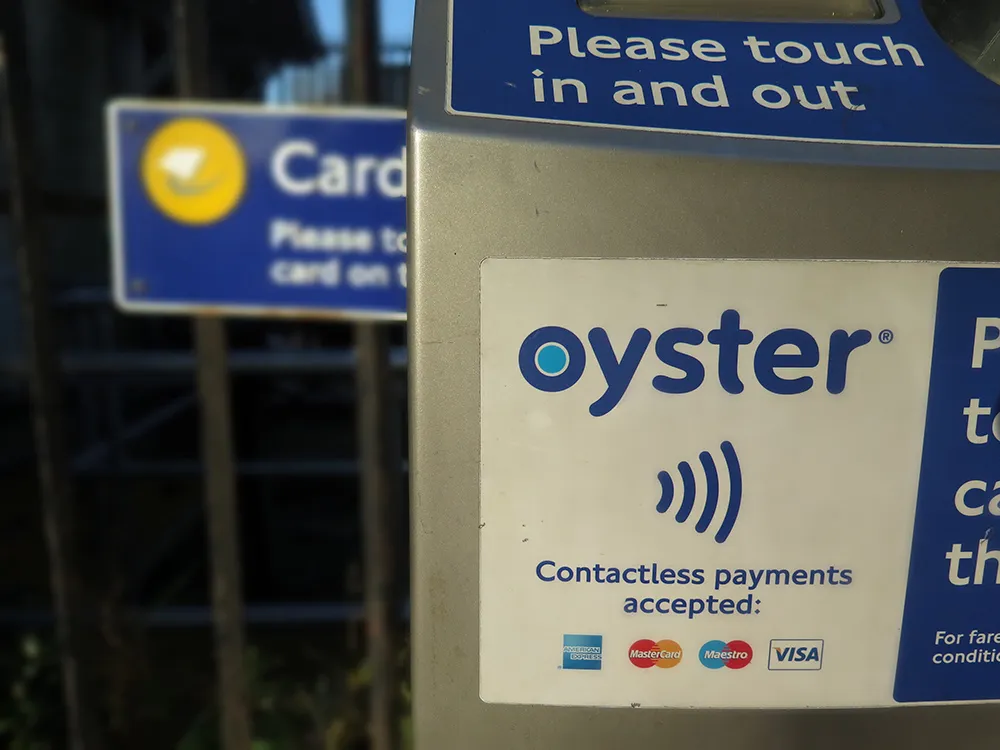Unlike earlier SPECS platforms, SPECS3 Vector is a fully integrated camera unit with all the camera, processing and communications modules built into a single, elegant housing. This increased flexibility makes the device suitable for all current average speed enforcement applications, as well as a range of new opportunities, including a cost effective alternative to spot speed camera upgrades, as well as addressing export markets for point to point enforcement.
Geoff Collins, Vysionics sales and marketing director says “This is a very exciting breakthrough, encapsulating fifteen years of real-world average speed experience into a single camera unit. We are already seeing considerable interest from customers both in the UK and abroad”.
To support the new device, Vysionics has introduced a range of new mounting options, including a bracket enabling the camera to be mounted on to existing street furniture, and a passively safe tilt down column for easy maintenance.
SPECS3 Vector now Home Office type approved
Vysionics’ SPECS3 Vector average speed enforcement camera, the latest addition to the company’s successful SPECS family of average speed enforcement devices has achieved UK Home Office Type Approval.
Unlike earlier SPECS platforms, SPECS3 Vector is a fully integrated camera unit with all the camera, processing and communications modules built into a single, elegant housing. This increased flexibility makes the device suitable for all current average speed enforcement applications, as well as a range of n
July 28, 2014
Read time: 2 mins










